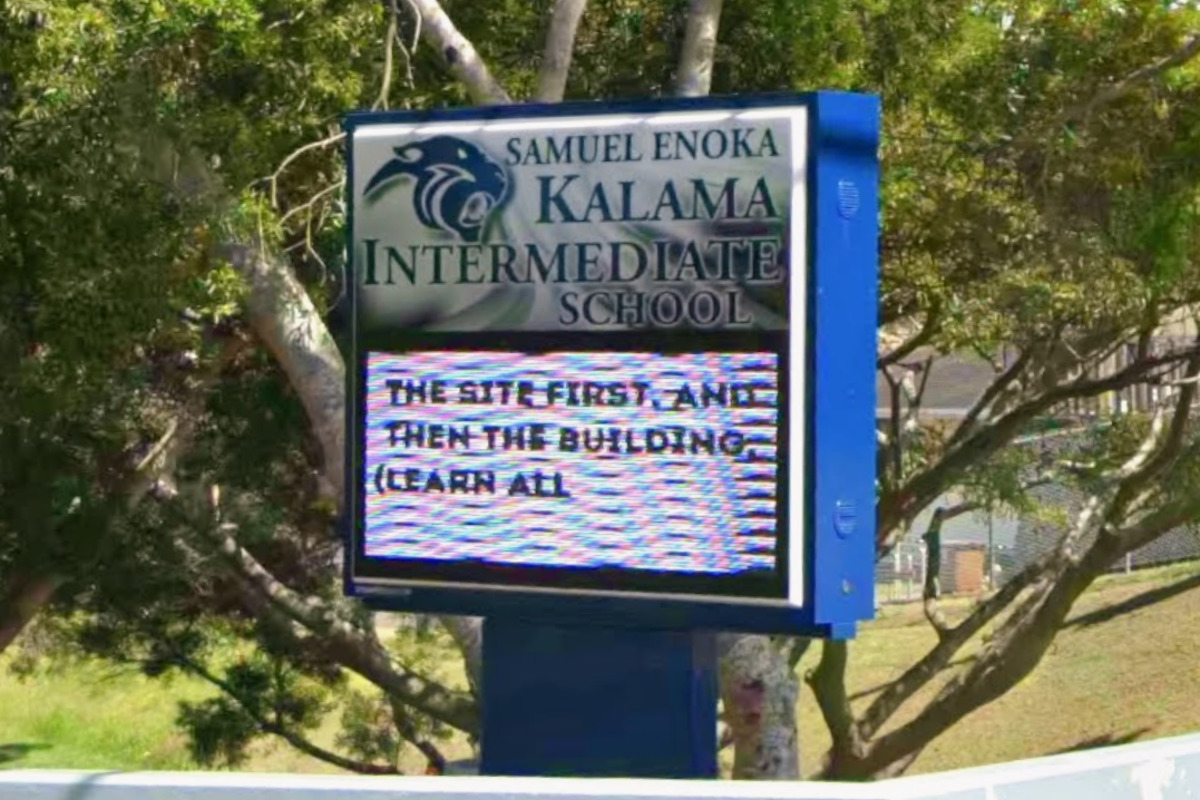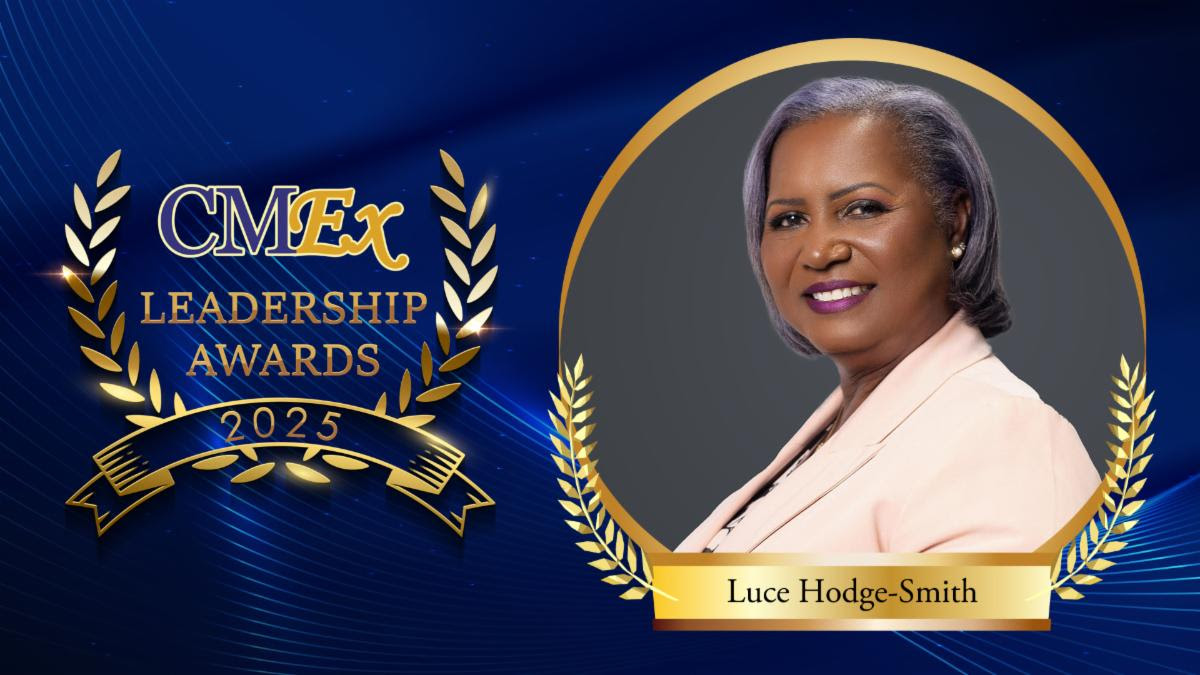Copyright hoodline

An increase in bullying incidents across Hawaiʻi schools has led to heightened concerns among educators, parents, and law enforcement alike. A recent incident at Kalama Intermediate School on Maui escalated to the point where five teen girls were arrested and charged with kidnapping, according to reports from Hawaii News Now. The school's principal has communicated to parents that the administration is closely cooperating with law enforcement in response to the assault-related charges stemming from a carefully planned confinement of a 13-year-old boy in a soundproof room, an act captured on the assailants' mobile devices. But even as specific acts of aggression draw the sharp, focused attention of authorities, a broader cultural issue of normalizing such behavior through social media emerges. In a statement obtained by Honolulu Civil Beat, Laura Clary, an assistant research professor at Johns Hopkins University, emphasized the challenges educators face with videos of fights and bullying going viral, saying, "They are seeing a lot of these kinds of behaviors posted online, and they’re not really able to understand that, even though I see an occurrence online, it doesn’t necessarily mean it’s normal behavior." In response to the rising trend of bullying, schools are enforcing anti-bullying initiatives with a strong emphasis on teaching empathy and respect. For example, Ewa Makai Middle School, noticing narrative changed when conflicts were amplified by social media, has invested in fostering social development and empathy during advisory periods. On this front, Principal Corey Barton told Honolulu Civil Beat, "Middle school is a great age, but it’s also an age where it can be difficult for students," pinpointing the complex mix of maturity and impulsivity that characterizes the age group. It's notable that the pandemic's impact on the development of social skills in young ones is apparent, with Reynold Fernandez, a YMCA program director, implying to Honolulu Civil Beat that the isolation and interrupted education during those crucial formative years could be contributing to the more frequent bullying incidents in middle schools. Stopping short of a causal claim, the relationship between increased independence, more access to technology, and subsequent behavior issues ties a knotty challenge for educators and parents to untangle. Parents and families are now urged to step up, bridging school initiatives with home involvement. Debates continue over the effectiveness and transparency of anti-bullying policies. In the community, tensions rise as videos go viral, not only magnifying the incident but also, at times, obstructing resolution and healing processes with the perpetuation of the images and calls for vigilante justice against perceived inadequate reaction from institutions. With October being National Bullying Prevention Month, these recent discussions and incidents serve as a strong reminder that more work is needed to address bullying from all sides. Community leaders and therapists emphasize the importance of supporting victims and holding offenders accountable, as online bullying continues to affect Hawaii’s schools and digital spaces alike.



